Results
-
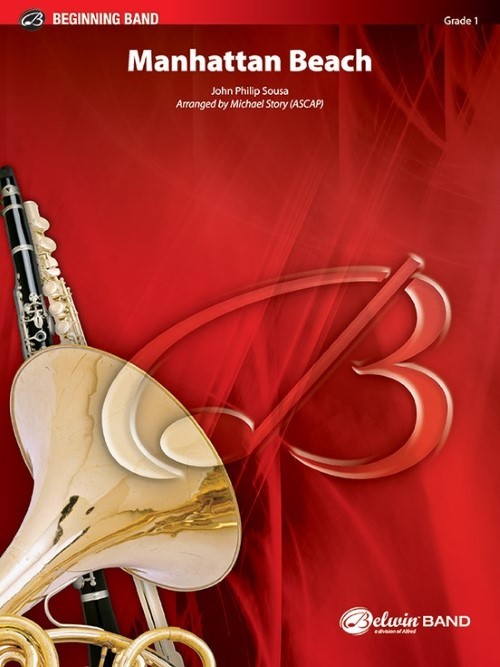 £55.50
£55.50Manhattan Beach (Concert Band - Score and Parts) - Sousa, John Philip - Story, Michael
Although John Philip Sousa is stereotyped as a march writer, he composed music in many forms. But, of course, it's his marches that have brought his name to millions of performers and listeners the world over. Of the hundreds of marches he wrote, many are still among the most performed of the medium. Michael Story has chosen this classic Sousa work and removed the technical difficulties so it can be enjoyed by even the youngest ensemble or band. Relish this music of the "March King"! Duration: 1.30
Estimated dispatch 7-14 working days
-
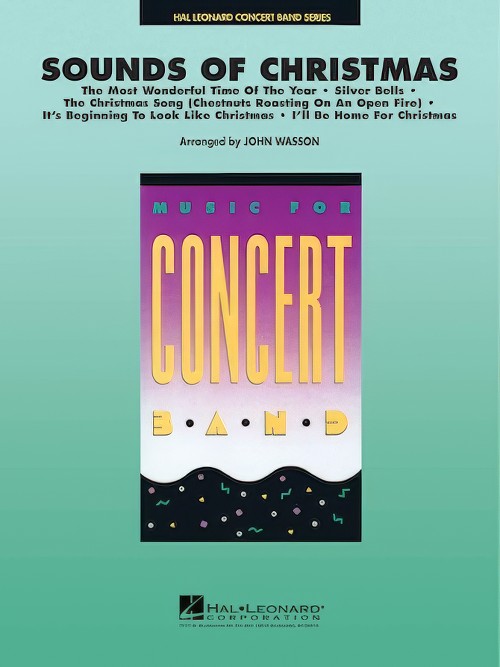 £79.99
£79.99Sounds of Christmas (Concert Band - Score and Parts) - Wasson, John
Here's a delightful collage to kick off a holiday concert. John Wasson has combined five fabulous standards into a medley that will make your band sound like the Boston Pops.Includes:The Most Wonderful Time of the YearSilver BellsThe Christmas Song (Chestnuts Roasting on an Open Fire)It's Beginning to Look Like ChristmasI'll Be Home for Christmas
Estimated dispatch 7-14 working days
-
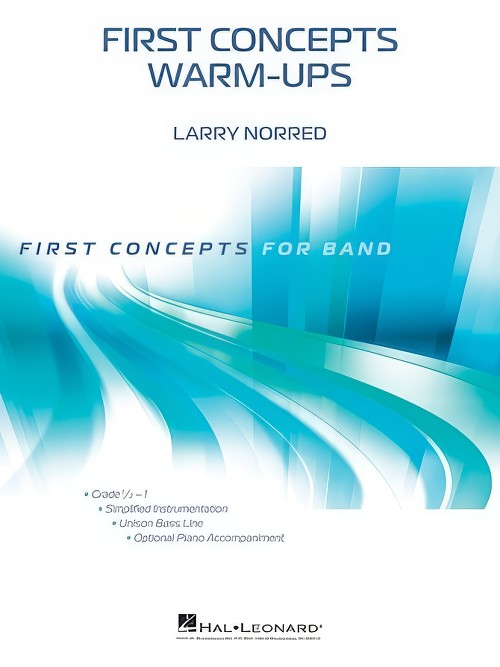 £47.50
£47.50First Concepts Warm-Ups (Concert Band - Score and Parts) - Norred, Larry
This is one or the most interesting, useful teaching aids ever developed for beginning bands. It's full of chorales, exercises and rounds, all designed to reinforce concepts you are trying to teach in day to day work. The percussion section gets special emphasis, with parts that will keep the players' attention without being too difficult. The Pentatonic Technique Builder section can be used in many ways. Since it is all pentatonic, you can even craft your own approaches using any Orff-style techniques you may prefer.
Estimated dispatch 7-14 working days
-
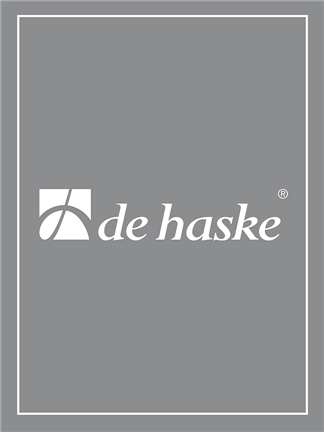 £99.99
£99.99A Tribute to Disney (Concert Band - Score and Parts)
Everybody knows the great films that came out of the Walt Disney Studios. A Tribute to Disney is a lively succession of four of the most famous Disney melodies: Mickey Mouse March, It's a Small Word, Zip-A-Dee-Doo-Dah and Winnie the Pooh. 0:04:10
Estimated dispatch 7-14 working days
-
 £59.40
£59.40Colonel Bogey (Concert Band) - Alford, Kenneth J.
A wonderful new edition of the most famous of all British marches, it's perfect for concert or contest performances. Skillfully edited and arranged by march expert Andrew Glover.
Estimated dispatch 7-14 working days
-
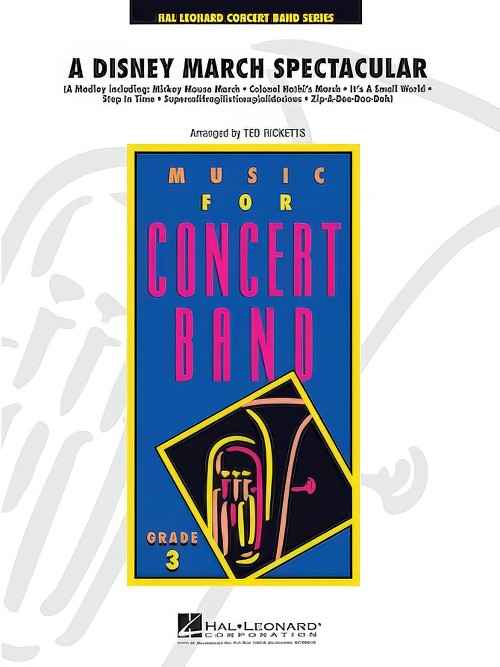 £64.99
£64.99DISNEY MARCH SPECTACULAR (Young Band) - Ricketts, Ted
The magical music world of Walt Disney is responsible for some of the most memorable marches ever written. Including Mickey Mouse March, Colonel Hathi's March, Step In Time, It's A Small World, Zip-A-Dee-Doo-Dah and Supercalifragilisticexpialidocious, this highly entertaining medley is sure to raise a smile.
Estimated dispatch 7-14 working days
-
 £62.37
£62.37El Relicario
One of the most famous and best loved paso dobles ever written. Presented here in a new setting for band that reveals all of its fiery rhythms and sweeping Spanish melodies. .
Estimated dispatch 7-14 working days
-
 £39.60
£39.60Gingerbread Men on Parade (Concert Band - Score and Parts)
This delightful holiday novelty piece will bring smiles to the faces of performers and audiences alike. Using only the first six notes students learn from most method books, it's the perfect piece for that all-important "first" Christmas concert!
Estimated dispatch 7-14 working days
-
 £49.50
£49.50Hosts of Freedom
Karl King's "Hosts of Freedom" March has been one of the most popular easier marches in the Barnhouse catalog for generations, and it's now available in this wonderful "Command" series edition by Andrew Glover. Unbeatable as a concert opener or closer, or for performance at contests and festivals. Your band will sound like a million dollars on this classic "King-tune!" Exceptional!
Estimated dispatch 7-14 working days
-
 £57.42
£57.42Jubileus
The most important work to date for this fine com poser, and a truly exciting one it is! ``Jubileus'' transmits a feeling of exuberance and joy with its constantly rising theme and underlying harmonies. A reflective middle section features solo trumpet and a moving woodwind theme, and the finale is breathtaking. A work that is destined to become standard repertoire for contests and festivals every where.
Estimated dispatch 7-14 working days
